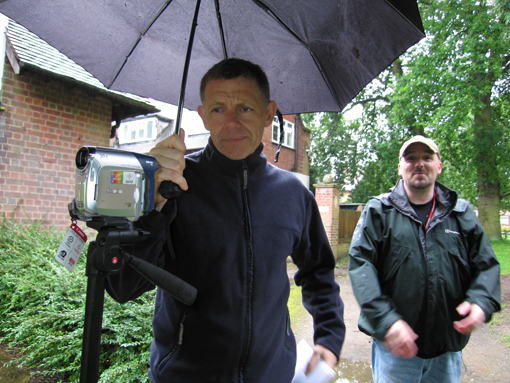The Film Space

The approach that we take is best summed up by the definition proposed in the recent Screening Literacies research project (funded by the EC – 2011):
The level of understanding of a film, the ability to be conscious and curious in the choice of films; the competence to critically watch a film and to analyse its content, cinematography and technical aspects; and the ability to manipulate its language and technical resources in creative moving image production
By adopting this approach we are able to place the actual study of film within a variety of curriculum subjects but always starting from the filmic and applying this approach to the curriculum requirements of the specific subject. In History, for example, a film, be it feature or documentary, would be studied as source material and questioned in such a way as to raise issues regarding its production, message and how it is conveyed, audience etc.
Such an approach, while seemingly straightforward, does face a number of challenges. While the arts and cultural sectors embrace novelty, the educational sector does not. The slowness of change in education is a source of frustration to politicians tied to terms of five years or less, as well as to funders who need to measure impact within the space of a few months. They find it hard to accept that enthusiasm at the beginning of high-profile initiatives or excitement at the celebratory conclusions of ‘one-off’ projects do not necessarily guarantee that real learning has taken place.
Film has become associated in the news media’s mindset with fun and glamour. To argue a place for film in ordinary classrooms either sounds too serious and glum, or dangerously time wasting and frivolous. So, with this in mind we have set ourselves the following tasks:
We hope to empower educators, practitioners and youth workers to feel confident in using film, in both formal and informal education settings, by improving their skills to deliver both a critical and creative perspective through training and resources.
We will give practitioners methodologies for approaching a formal education setting in ways that realise the requirements of the school curriculum. Furthermore we want to encourage them to deliver sustained involvement in long term projects and to break away from models of short term, one-off opportunities for working with children and young people that in the past have led to an inconsistent provision.
 Learning on Screen
Learning on Screen